Affiliate links on Android Authority may earn us a commission. Learn more.
I use my Galaxy Watch in all the dumb ways
Published onApril 9, 2023
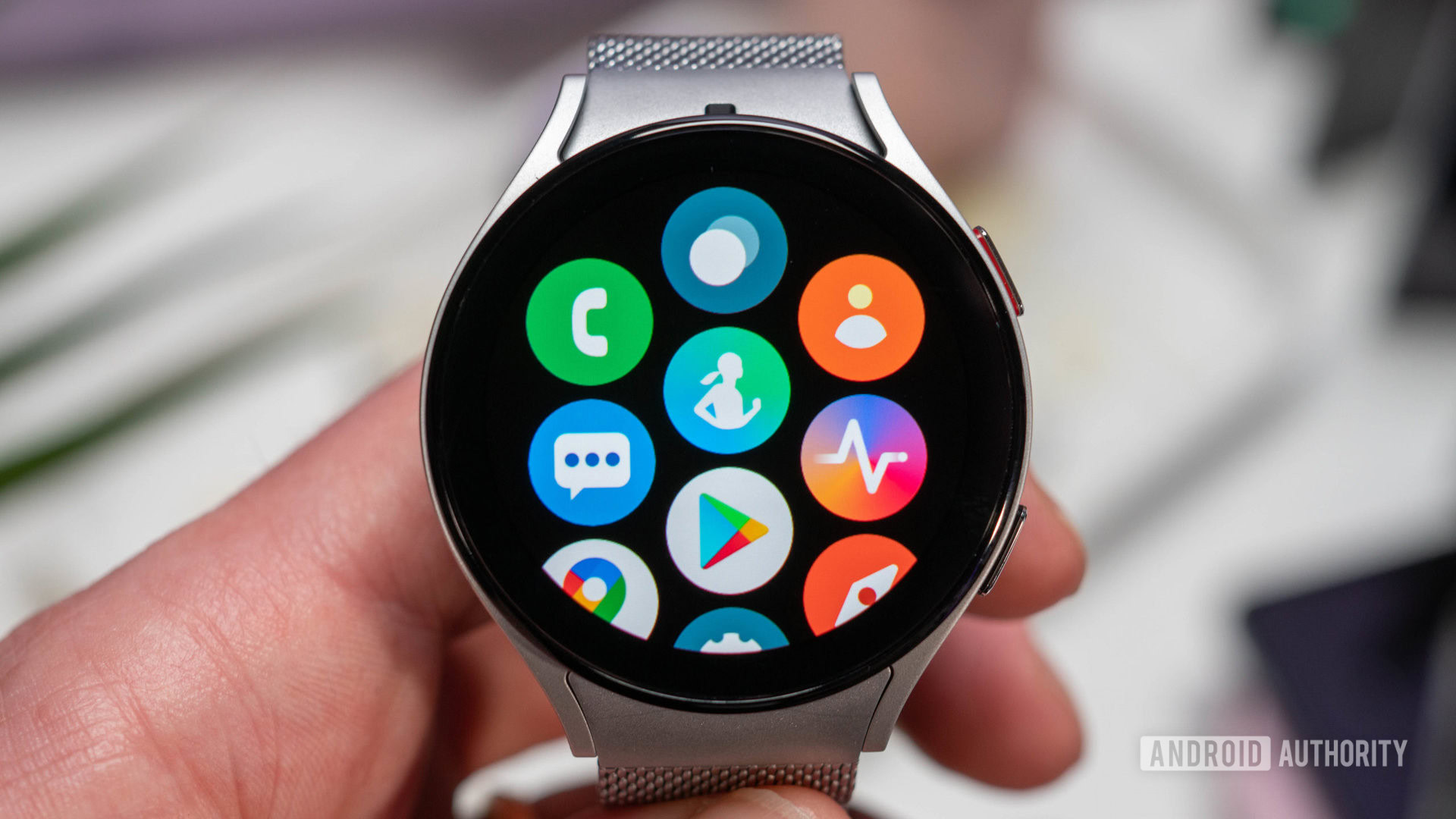
If there are two constants in my life, they are a phone in my pocket and a watch on my wrist. So when I bought my first real smartwatch in the form of the Samsung Galaxy Watch 4, I was pretty excited. After years of owning Mi Bands and other “smart” watches, I finally get to use a “real” smartwatch, one with an app store. Oh, the possibilities it will open!
But after using the Galaxy Watch 4 and then the Apple Watch Series 7 for the past two years, I realized I could have just as easily swapped either out in favor of a more basic smartwatch, and not be at any loss. In fact, I’d have saved a lot of money if I hadn’t been so impulsive with my purchases. Because despite owning some of the best smartwatches, I continued to use them all in the usual dumb ways.
Do you use all the smarts on your smartwatch?
Can a smartwatch really do a whole lot? Yes, but…
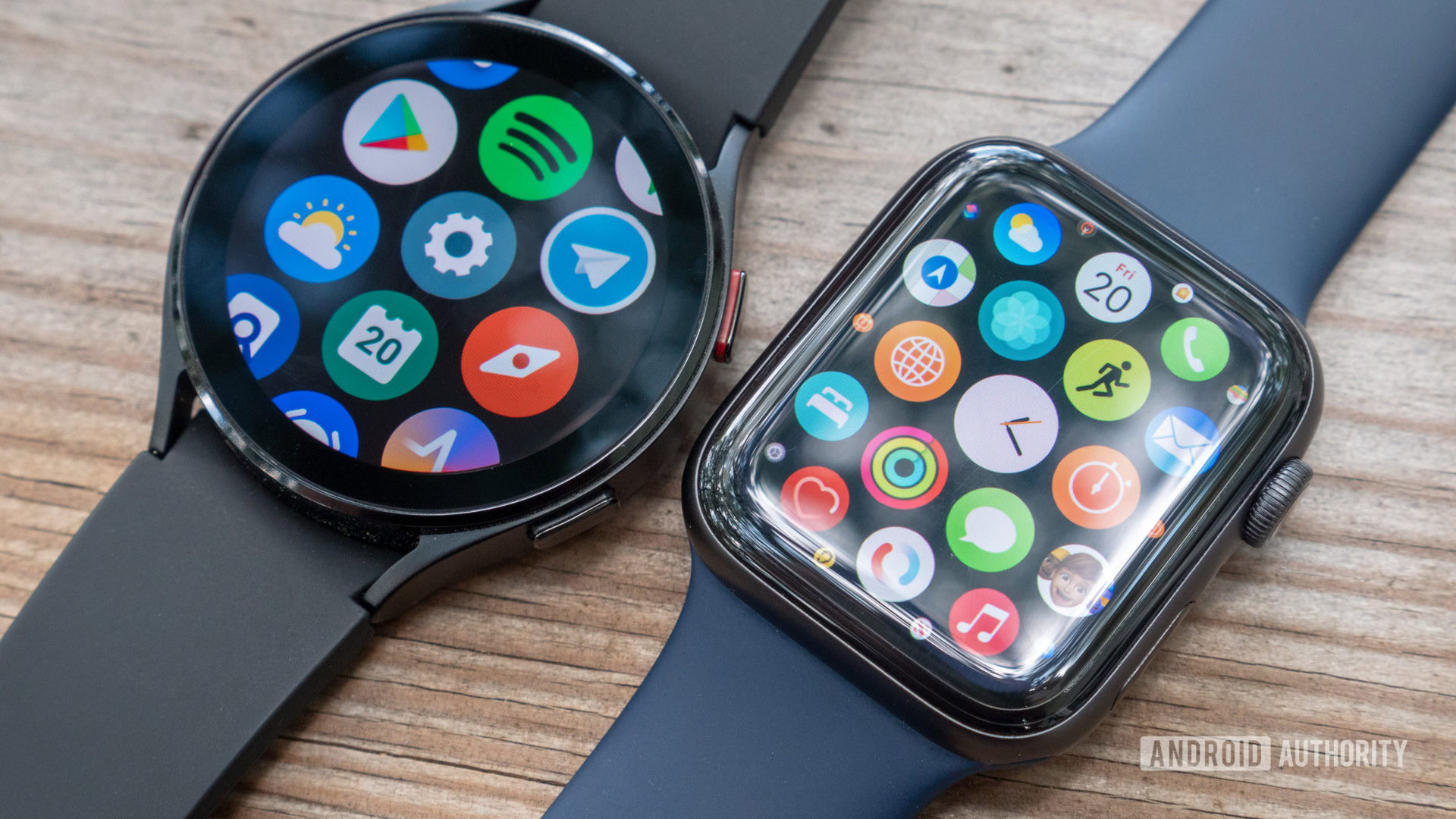
Despite all the wonderful tricks that smartwatch makers emphasize when launching their products, the biggest and most underrated feature is often the integrated app store. You get access to the wonderful world of third-party watch apps that can upgrade stock experiences and fix feature oversight from the manufacturer.
I do quite like the idea of being able to see all of my Google Calendar appointments on my Galaxy Watch 4. Or the fact that I can open up a webpage on the watch if I really wanted to. I could load up Outlook to check my emails or use Todoist to remember all the items on my grocery list. Heck, I could even watch YouTube videos if I was up for squinting at that tiny screen. I could do so much more than on any glorified fitness band!
But did I actually do any of those things? Did I want to do any of them?
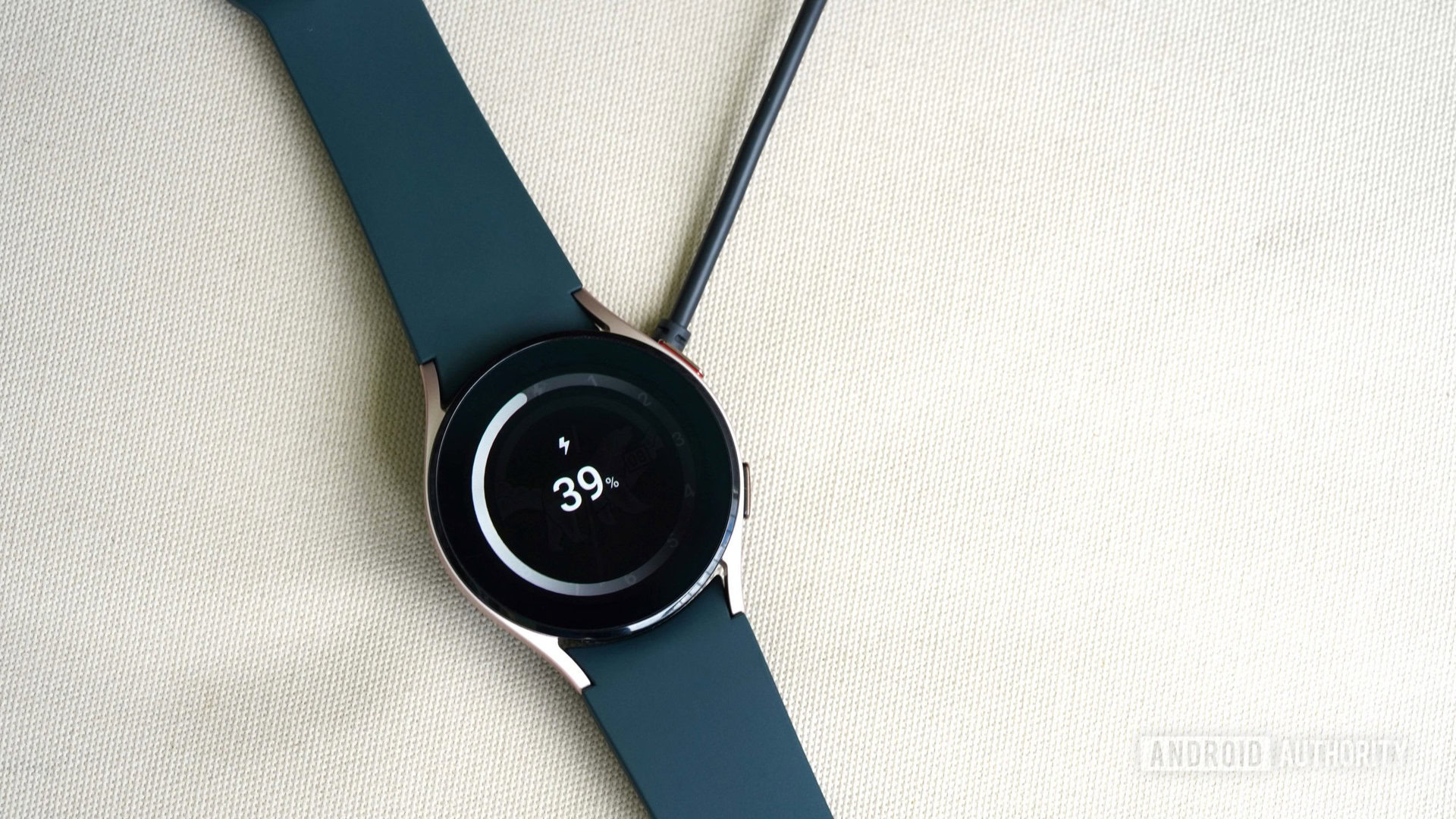
My biggest concern on both the Galaxy Watch 4 and the Apple Watch 7 was battery life. If I used my watch to its full potential throughout a regular day, I’d be fighting off battery anxiety as I made it through the 24 hours. Depending on how many features I had enabled and how many times I had actively engaged with the watch, the best-case-scenario 24-hour daily runtime would merrily keep reducing.
If I used my smartwatch to its full potential, I’d be fighting off battery anxiety as I made it through the day.
Since I like to maintain a predictable routine, getting at least 24 hours of battery life was crucial in ensuring I charged my watch at the same time every day. Any compromise on battery life would mean the charging time would keep inching forward every day, and the watch might eventually die in the middle of the night at one point.
So I did the next best thing to maintain those crucial 24 hours of battery life: I stopped using all those extra features.
Truly smart smartwatches surprisingly fail at being good watches
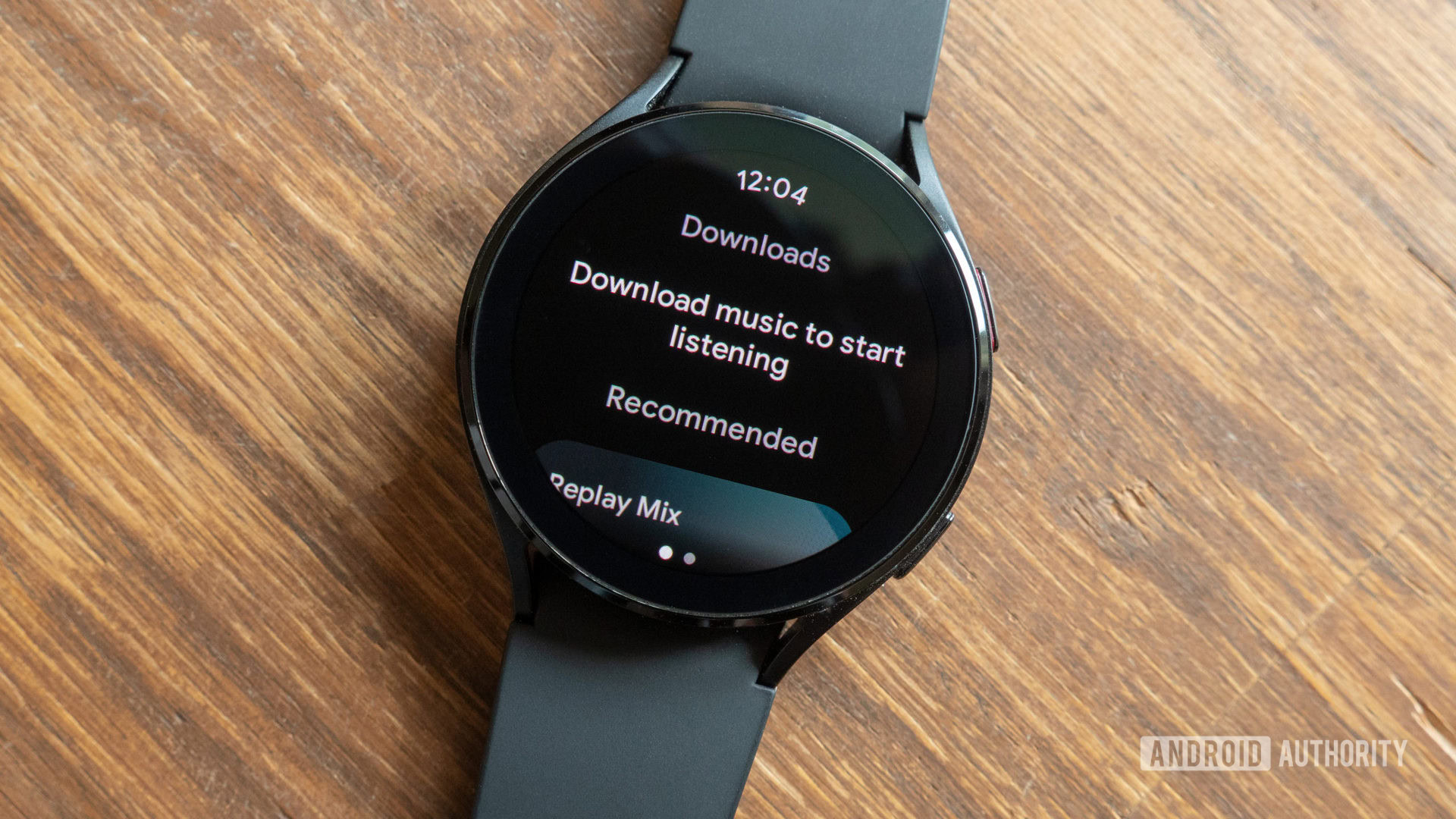
To be fair, I gave many third-party apps a shot on the Galaxy Watch 4 and Apple Watch Series 7, but I quickly realized that I was spending way too much time trying to achieve something that I could do significantly faster on my phone.
In the instances where I could not use my phone, like when I had my hands dirty or when I was riding a bike, it was also equally inefficient (or dangerous) trying to use a watch.
I did try leaving my phone behind when I went cycling or running, with my wireless earbuds connected to the watch and streaming content from Spotify. But this caused such a big hit to the battery life that it would necessitate a second top-up during the day.
I absolutely need my smartwatch to be a watch first before it attempts to be smart.
Similarly, it was fairly convenient to have Google Maps display directions directly on the watch. This way, I could ride my bike safer without needing to frequently pull out my phone from my pockets. But again, the impact this had on battery life was a big dealbreaker. In one instance, I unintentionally managed to kill the Galaxy Watch 4 by the time I reached my destination, meaning I had a dead brick on my wrist for the rest of the night.
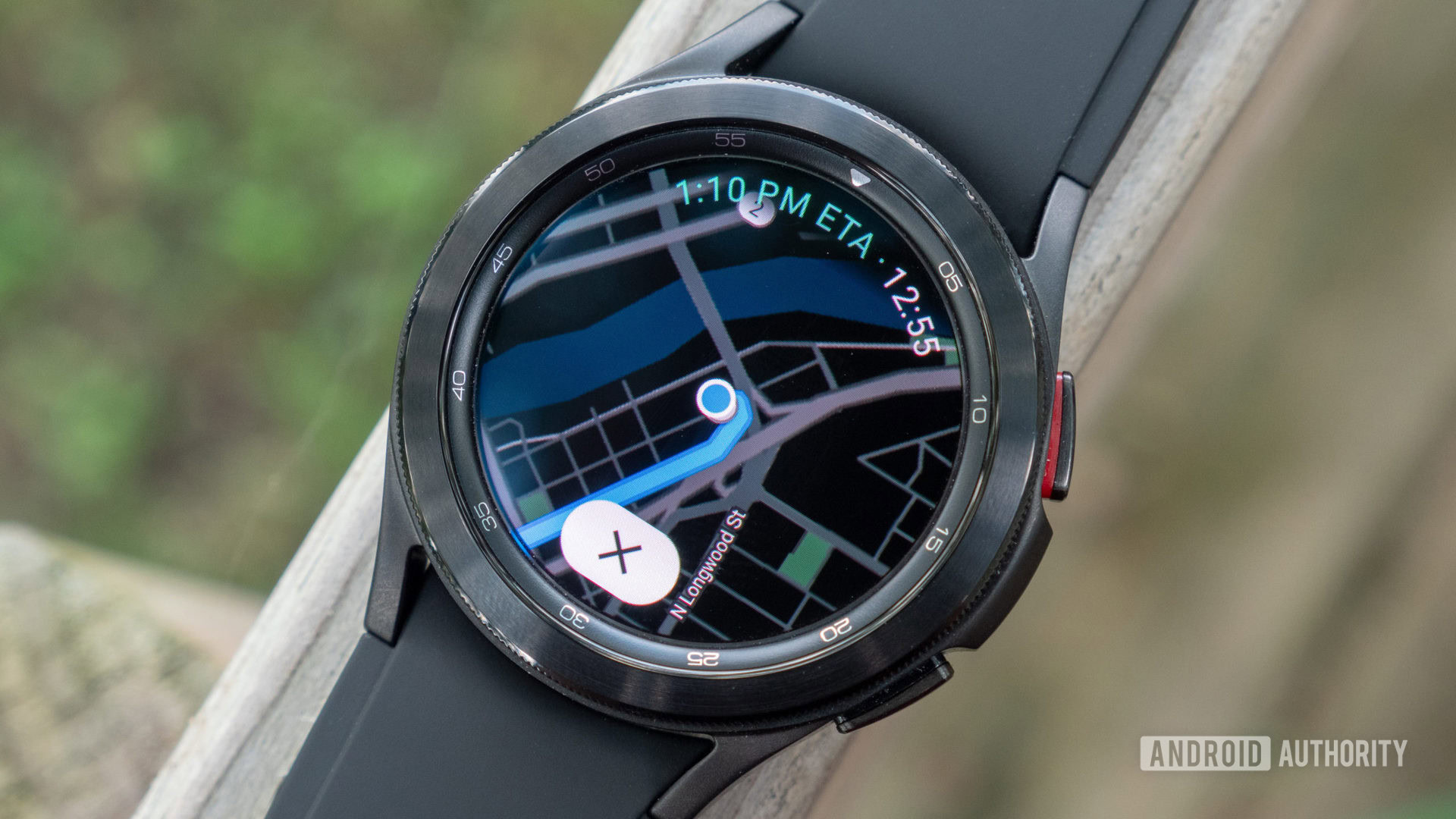
I absolutely need my smartwatch to be a watch first before it attempts to be smart. Modern smartwatches can claim to support a thousand features, but if they die before the end of the day, they’re as good as not being on my wrist in the first place. Quite embarrassing if you raise up your wrist to see the time, and the watch does not light up because you streamed music for a few minutes.
You could argue that I could just see the time on my phone. But then why exactly did I pay for a watch? Might as well call it a smart display at that point and make my peace with it.
Getting the standard Galaxy Watch or Apple Watch to work for two days on a single charge would be the dream.
My expectations aren’t even sky-high. I don’t need months or even weeks of battery life. Just something greater than 24 hours without disabling a bunch of features (AOD, twist to wake, voice commands) would do the trick for me. For that reason alone, I was really tempted to pick up the Apple Watch Ultra, but I got held back by its size and cost. Getting the standard Galaxy Watch or Apple Watch to work for two days on a single charge would be the dream.
The most use I got out of my smartwatches was just notifications

Throughout my time with them, the only consistent use I could get out of my fairly expensive smartwatches was notifications. With my watch on my wrist, I learned to leave my phone untouched for many hours at a time, especially when I was working. I heavily relied on my watch to immediately inform me of incoming phone calls and notifications from apps I deemed important enough to reach my wrist. I could answer calls directly on the watch too, but the persistent earbud connection is another battery drain, and the speakers on the watch are best left unused.
For the years I spent with my smartwatches, I pretty much used them mostly as glorified notification displays.
For the two years I spent with the Galaxy Watch 4 and Apple Watch Series 7, I pretty much used them as glorified notification displays 80% of the time. I would also track workouts and my sleep every day. Always On Display would remain switched on on both of them, and all the background automatic health-related features would remain functional at their default settings. It was only in rarer, calculated situations that I would use my watch to stream Spotify or check Google Maps directions.
The fad of third-party apps remained restricted to the honeymoon phases of both watches, and I didn’t really adopt anything new in my daily schedule. I tried, but nothing really stuck.
I don’t really need a smart smartwatch, and you probably don’t either
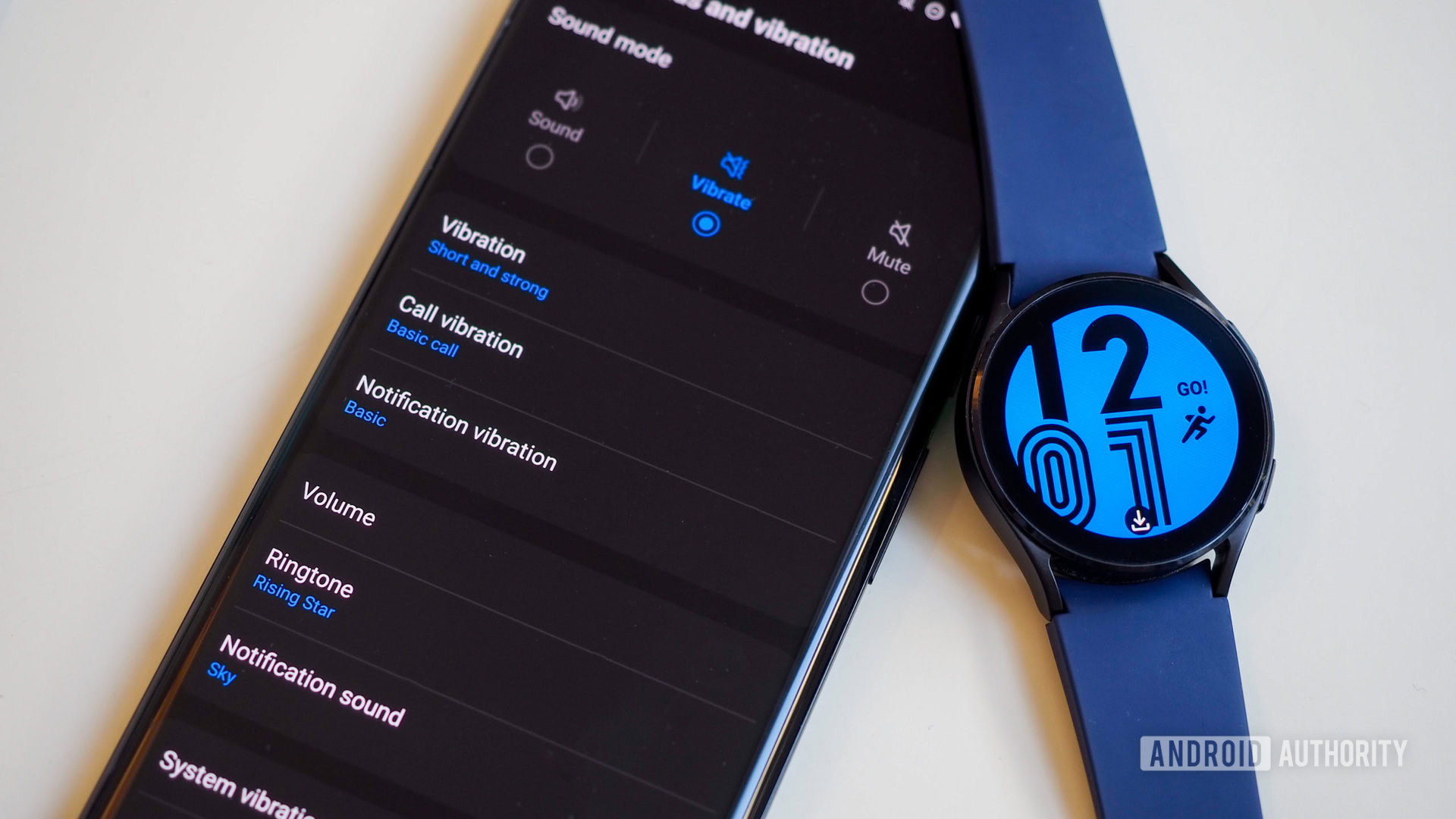
With the Galaxy S23 Ultra that I am using right now, I have the Galaxy Watch 4 on my wrist. But the battery life has now started to degrade beyond that crucial 24-hour mark. I fear I will soon be in the market for a new smartwatch, and this time, I might stick to something a bit more basic.
I’ve asked myself what I would really miss from my Samsung Galaxy Watch 4, and the answer is a list of minor features that are more nifty extras than daily essentials: robust DND syncing with my phone, crash detection (but my phone already has that), blood pressure monitoring, and the ECG app. Though, in the case of the last two, I barely remember to use them once every few weeks.
In the past, I’ve been impressed with the Amazfit GTR, while the OnePlus Watch Harry Potter Edition also looked really nice on my wrist. Pretty much all of my current use cases were met with these fitness trackers-turned-watches in the past, with the added bonus of them lasting for a good 7-10 days. I really miss those days when charging the watch was a weekly routine rather than a daily chore. On smaller work trips, I wouldn’t even carry my watch charger, which is a boon in this age of proprietary cradles.

If I were in the market right now for a cheaper alternative, I’d pick up the Amazfit GTR 4 as my primary choice. Since it uses standard 22mm straps, I’d keep some money aside for a good quality leather and metal strap. For a smart band/fitness tracker, I’d either opt for a Fitbit Charge 5 if I wanted the more advanced features or go for the ever-reliable Xiaomi Mi Band 7 if I wanted to stick to something basic.

In-depth health tracking
More than 150 sport modes

Stress monitor
Accurate sensors
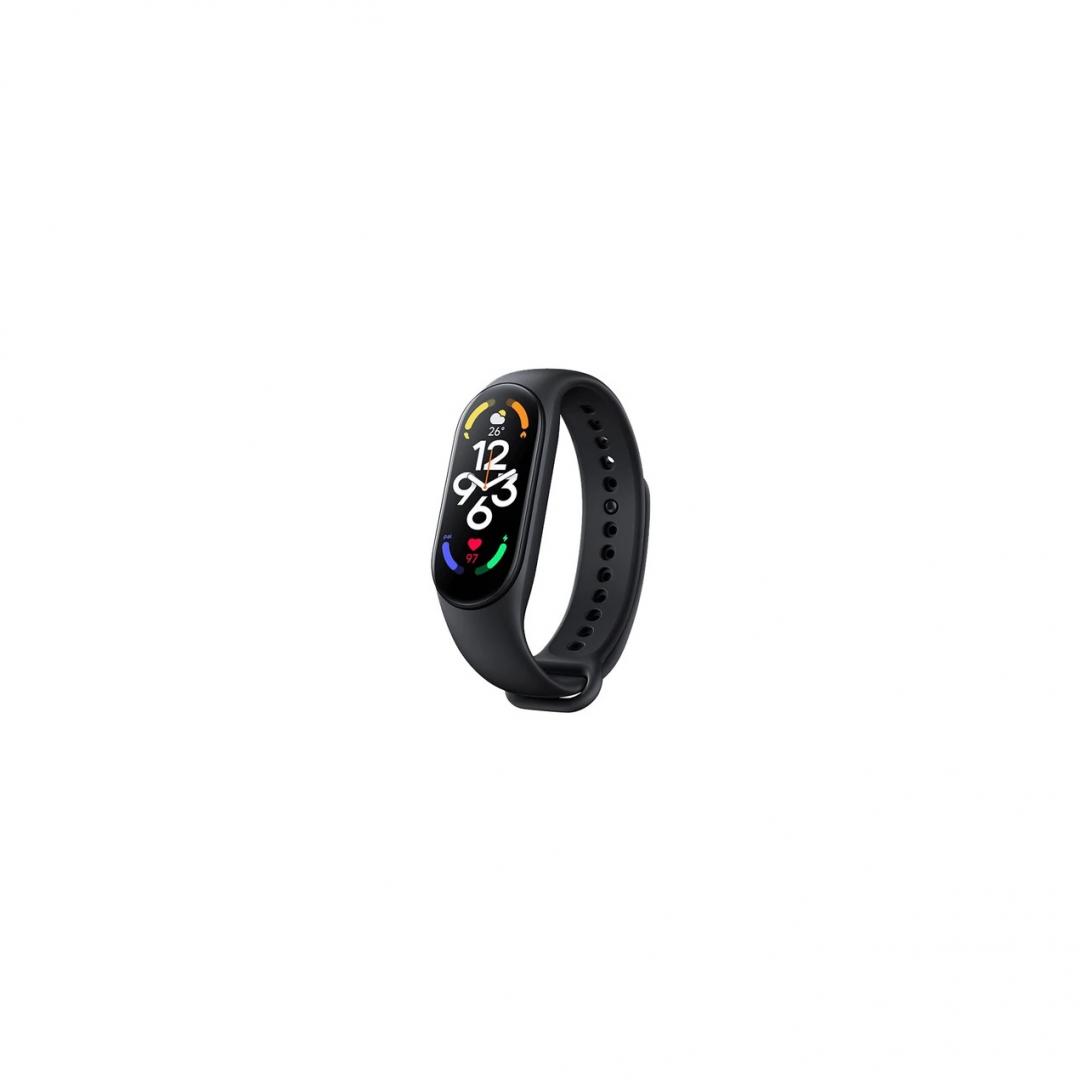
Accurate resting heart rate
Continuous SpO2 monitoring
So think about it: Are there any features on your smartwatch that you crucially use every day and that a cheaper fitness tracker or more basic smartwatch cannot accomplish? Look beyond the spec sheet and what actually matters to you. Analyze a typical day and see if you really do anything smart with your smartwatch. If it’s just health tracking and notification mirroring, you don’t really need to spend money on an expensive smartwatch. A cheaper option will do just fine, and you can complement it with a few good straps for different occasions.
Look beyond the spec sheet and see if you really do anything smart with your smartwatch.
Of course, if smart smartwatches could achieve multi-day battery life in a normal watch size, this article wouldn’t need to be written. Until then, I would ask you to look past the marketing and the beautiful fantasies of ecosystem play and app stores and whatnot. Do you really need a smart smartwatch? Or would you do just as well with a smart band or a dumb smartwatch that lasts a week ona charge?